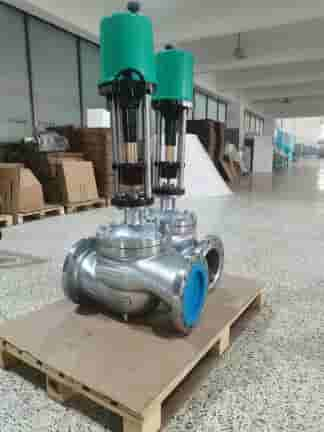understanding the wcb electric single seat regulating valve: a comprehensive overview
Release time:2024-12-06 11:50:12
The WCB Electric Single Seat Regulating Valve is a critical component in modern fluid control systems, widely utilized across various industries for precise regulation of flow and pressure. This innovative valve combines advanced design with reliable electric actuation, making it an essential tool for engineers and operators seeking efficiency and control in their operations. In this article, we will delve into the design features, operational principles, applications, and advantages of the WCB Electric Single Seat Regulating Valve.

Design Features The WCB Electric Single Seat Regulating Valve is engineered with precision and durability in mind. One of its most notable features is its single seat design, which minimizes flow resistance and pressure drop. This design not only enhances the valve's efficiency but also ensures a more stable flow rate. Made from high-quality materials such as carbon steel or stainless steel, these valves are robust enough to withstand harsh operating conditions, including high pressures and extreme temperatures.
The electric actuator is another critical component of the WCB valve. It provides reliable and accurate control over the valve's opening and closing mechanisms. Electric actuators are preferred in many applications due to their ability to offer precise positioning, allowing for fine-tuning of flow rates. Additionally, these actuators can be integrated with various control systems, enabling remote operation and automation of fluid control processes.

